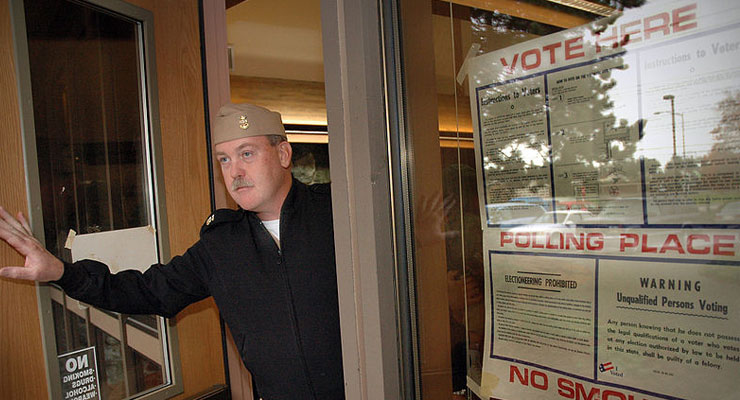
There was an interesting new post at Election Line By David Beirne
As Director of the U.S. Department of Defense’s Federal Voting Assistance Program (FVAP), I help lead the nation’s efforts to ensure that Americans around the world — military members, their families and other overseas citizens — can exercise their voting rights under the Uniformed and Overseas Citizens Absentee Voting Act (UOCAVA).
The work is especially rewarding to me because I’ve been in the field in many different capacities over the years: as a local election official in Florida and Texas, as a representative of election technology companies after the passage of the Help America Vote Act (HAVA), and as a contributor to the Pew/Google partnership that created the Voting Information Project. All of these roles over twenty years of experience in election administration have given me a deep appreciation for all the people who do the work to make elections happen and a unique perspective on what FVAP does to assist them and their voters worldwide.
While Election Day is always exciting for the FVAP team, we also look forward to the summer following a federal election because it gives us an opportunity to share our progress with data and analysis from our regular Post-Election Voting Surveys (PEVS) of active duty military, voting assistance officers and state election officials. This year’s PEVS was especially meaningful because it took place a decade after passage of the 2009 The Military and Overseas Voter Empowerment (MOVE) Act which dramatically improved access to registration and absentee ballots for military and overseas voters. FVAP summarized the results in its regular Report to Congress and created a new look at the data called “State of the Military Voter.”.
Get full story here.
Leave a Reply